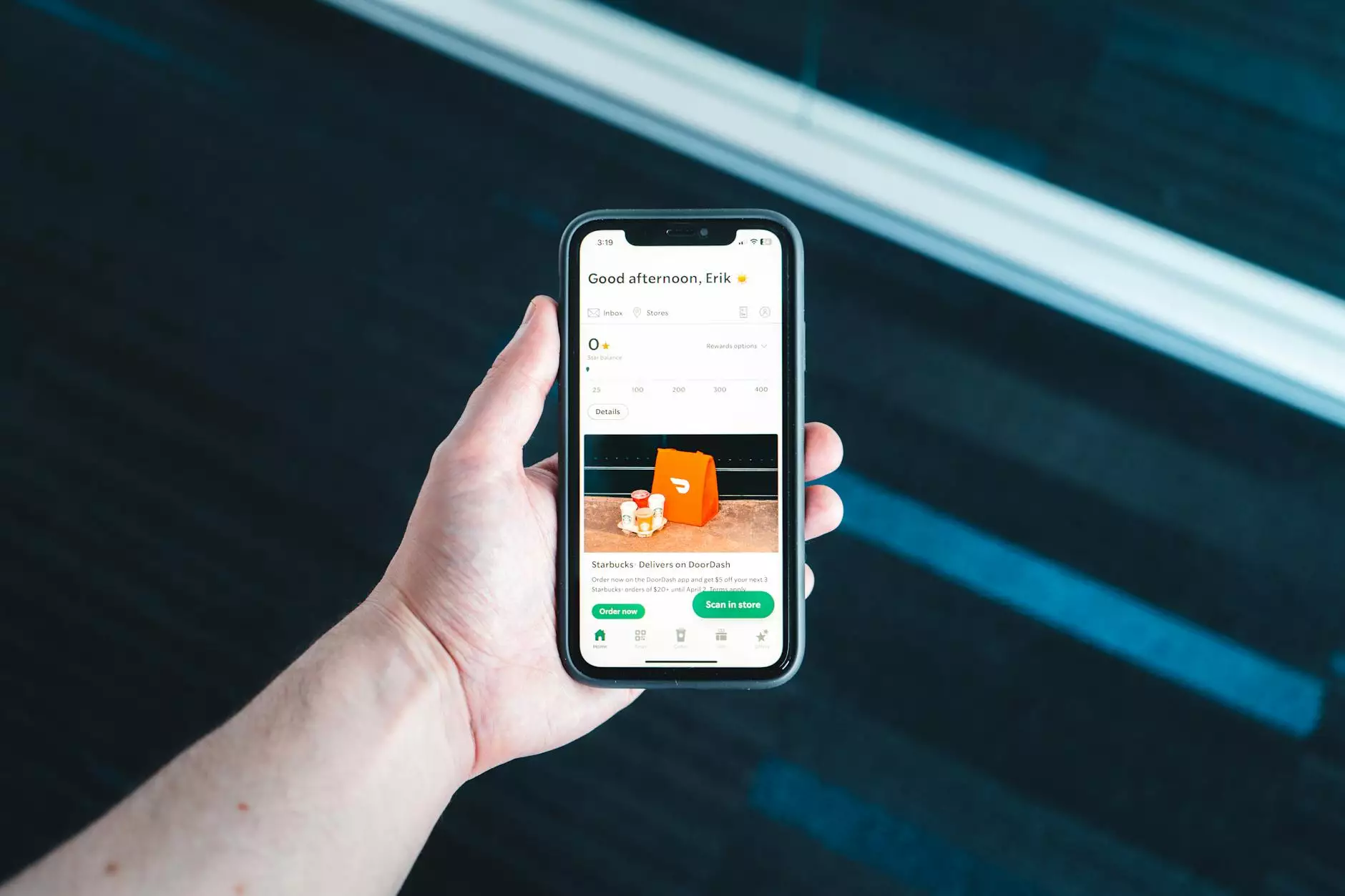Business Model of Uber and How it Makes Money?
On-Demand Grocery Delivery Apps
Introduction
As an industry leader in the transportation sector, Uber has revolutionized the way people travel and has become an integral part of the sharing economy. In this article, we will delve into the business model of Uber and explore how it generates revenue to sustain its operations.
Overview of Uber's Business Model
Uber operates as a technology platform that connects riders and drivers, facilitating efficient and convenient transportation services. The company utilizes a mobile app that allows users to request a ride, track their driver's location, and make cashless payments.
Uber's success can be attributed to its unique value proposition, which includes:
- Accessibility: Uber provides its services in numerous cities globally, enabling users to access rides whenever and wherever they need.
- Convenience: The user-friendly app interface makes it easy for riders to book a ride with just a few taps on their smartphones.
- Price Transparency: Uber employs a dynamic pricing model, providing upfront fare estimates and eliminating surprises for riders.
- Driver Screening: Uber maintains strict driver screening processes, ensuring rider safety and building trust in its services.
Uber's Revenue Streams
Uber generates revenue through various streams, which include:
Rider Fees
When a rider books a trip through Uber, they are charged a fare based on factors such as distance traveled, demand, and time. Uber takes a commission from the total fare, and the remaining amount is received by the driver.
This revenue stream forms the core of Uber's business model and contributes significantly to its earnings.
Surge Pricing
During periods of high demand, such as rush hour or special events, Uber implements surge pricing. This means that fares increase temporarily to incentivize more drivers to be available and meet the increased demand. The additional revenue generated during surge pricing further boosts Uber's earnings.
Uber Eats
In addition to providing transportation services, Uber launched Uber Eats, a food delivery platform. Users can order food from their favorite local restaurants through the Uber app. Uber charges a delivery fee and takes a commission from the restaurant for each order fulfilled through the platform.
This expansion into the food delivery industry diversifies Uber's revenue streams and allows the company to tap into a growing market.
Other Business Models and Partnerships
Uber has also expanded its services through partnerships and innovative business models, such as:
- Uber Freight: A platform that connects shippers and truck drivers, enabling the efficient movement of goods across various locations.
- Uber for Business: A service designed for corporate clients, allowing businesses to manage and streamline their employees' travel expenses by providing them with Uber credits.
- UberAIR: Uber's ambitious project to develop an aerial ride-sharing network using electric vertical takeoff and landing (eVTOL) aircraft.
These initiatives contribute to Uber's diversification strategy and offer new avenues for revenue generation in the future.
Conclusion
Uber's business model has disrupted the traditional taxi industry and emerged as a dominant player in the transportation sector. Its ability to leverage technology, provide affordable and convenient services, and continuously innovate has allowed Uber to secure a prominent position in the market.
With its multi-faceted revenue streams and ongoing expansion, Uber is well-positioned to adapt to changing customer needs and continue its growth trajectory.










